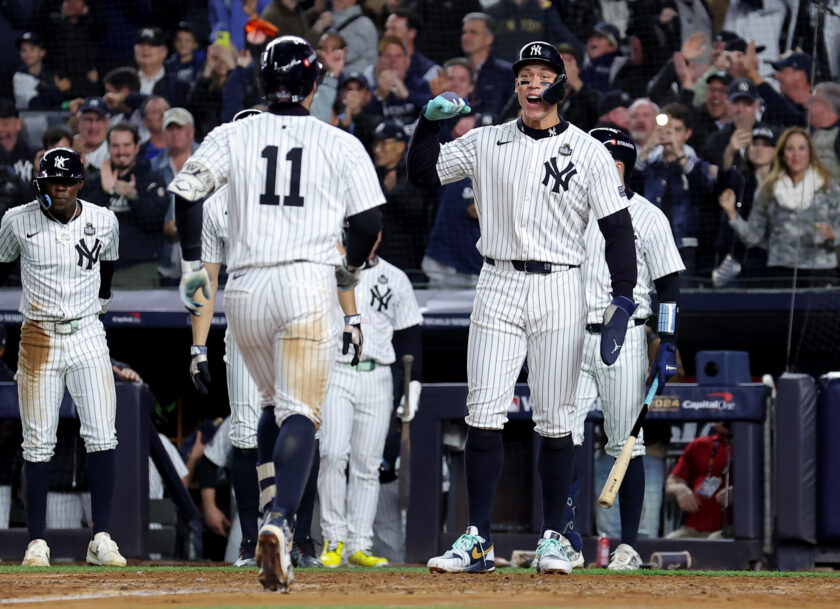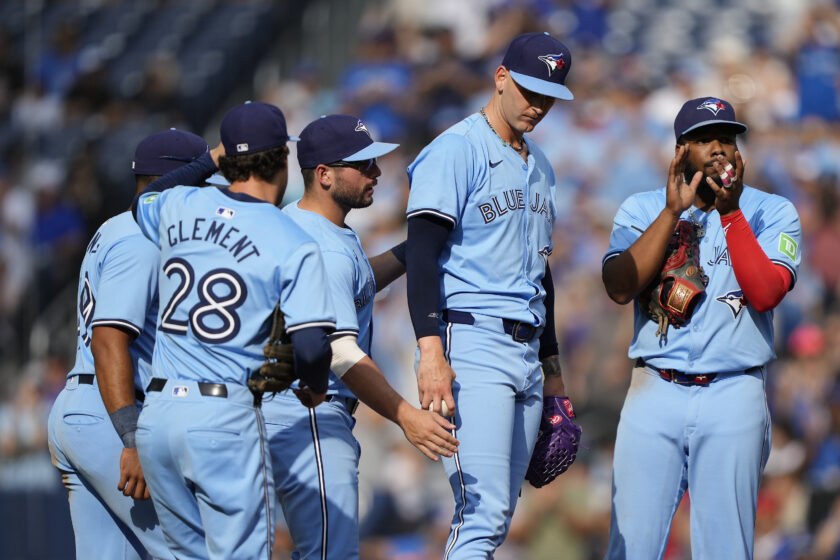Super Bowl 50: When Tackling Was Cool

One of the National Football League’s bedrock fundamentals is tackling, an institution that has eluded players over the past couple of years.
By Justin Weiss
 Unlike menacing defenders such as John Lynch, Steve Atwater, and Jack Lambert, players are having trouble keeping their heads up, eyes on their targets, and wrapping up on ball carries and catchers these days.
Unlike menacing defenders such as John Lynch, Steve Atwater, and Jack Lambert, players are having trouble keeping their heads up, eyes on their targets, and wrapping up on ball carries and catchers these days.
“It is the very essence of the game,” said Chris Spielman, an ESPN college football analyst. “It drives me crazy when I see guys not wrapping up on a ball carrier. I don’t understand why it’s tolerated. It’s a matter of demanding a higher standard.”
That’s a question that many have posed over the years, from linebacker coaches to former players to distressed fans.
“There are times I’ve watched games over the last few years and thought to myself, ‘My God, I could still be playing right now,'” said Hall of Fame linebacker Harry Carson, a member of the New York Giants from 1976-88. “Guys are just not as fundamentally sound as they used to be.”
This is a problematic trend in the NFL these days. While there is no official statistic for missed tackles, pundits and fanatics both agree that players are increasingly failing to bring running backs and receivers to the ground.
So what’s went wrong, and who, if anyone does it right?
Well, many argue that practices devoid of tackling are plaguing defensive players right now. While the quarterbacks throw, running backs run, wide receivers catch and offensive linemen block, the tacklers, well, er, uh, stand around looking pretty?
But seriously, there’s a lack of tackling in the days and weeks leading up to gameday. It’s barely incorporated into the hands-on preparation, and it’s not stressed as much as it used to, either.
“Repetition breeds a comfort level, I don’t care what you are doing,” former Cincinnati Bengals offensive lineman Dave Lapham said. “When you don’t rep it as much your technique starts to suffer. Bad habits start to form and it leads to sloppy tackling.”
Others, such as Browns linebacker D’Qwell Jackson, believe that it has to do with the increase in film watching.
“At this level it’s about scouting and film watching,” Jackson said. “You lose some of that time to work on fundamentals.”
Which begs the following question: how come teams are utilizing so much game film? Well, in addition to it becoming more accessible as technology evolves, game film allows defenses to adapt to the ever-changing landscape of NFL offenses.
“The game is more spread out but the real challenge for the defensive player is the quickness and speed and skill level of the people that have the ball,” Steelers Hall of Fame defensive coordinator Dick LeBeau. “Many times people will say, ‘What’s wrong with the tackling in today’s NFL?’ Well, what’s wrong with the tackling is how good the people on offense are.”
But likely the most precise explanation revolves around the evolution of the football player. As Mike Francesa remarked during a rant early in the 2015 season, it used to be that a team had to be good for a player to achieve fame. Nowadays, it’s all about the individual.
“You hit with eyes,” Spielman said. “When you drop your head two things often happen — you miss your target or you get hurt. One of my biggest pet peeves is when guys selfishly go for the big hit and it costs his team a big play.”
Two teams that have successfully avoided this infirmity are the Carolina Panthers and Denver Broncos, who together played an old-fashioned game dominated by defense in Super Bowl 50.
So what do these two teams do right?
Well, for one, both teams have done a good job chasing superior tacklers at the top of the draft. The Panthers utilized three first round picks on Luke Kuechly, Thomas Davis and Shaq Thompson. Denver committed the second overall pick on Von Miller, and found skilled tacklers such as Brandon Marshall, DeMarcus Ware, Aqib Talib, Derek Wolfe and Chris Harris in both the draft and free agency.
Rob Gronkowski's knee was injured on this play. #NEvsDEN https://t.co/cpKJs6qGJB
— NFL (@NFL) November 30, 2015
Additionally, both teams have spoken about hitting other players in the legs. Although it is very difficult to accomplish with the league’s current rules, both teams have excelled at staying low and maintaining position — even with a game that has stretched out horizontally.
Both the Denver Broncos and Carolina Panthers are a testament to the idea that effective tackling in the National Football League can still exist.
It’s up to the rest of the league to adapt — or fall behind.
Justin Weiss is a staff editor at Elite Sports New York, where he covers the New York Islanders and Brooklyn Cyclones. In 2016, he received a Quill Award for Freelance Journalism. He has written for the Long Island Herald, FanSided and YardBarker.






